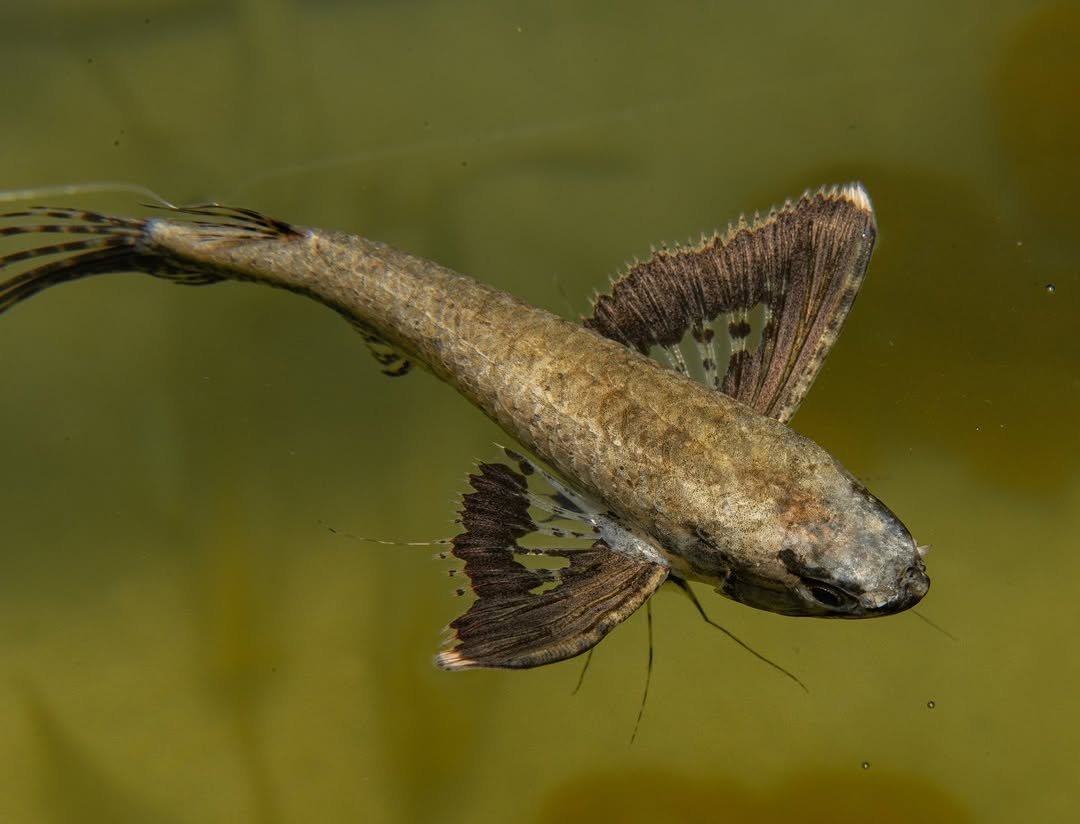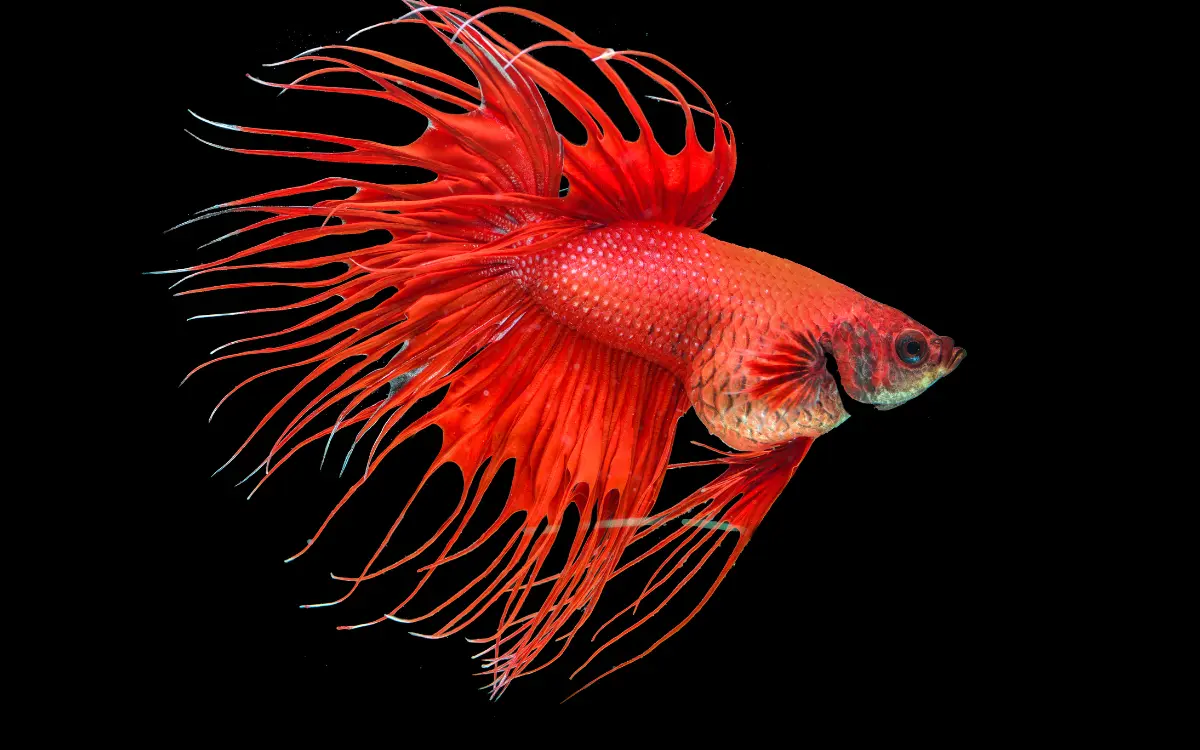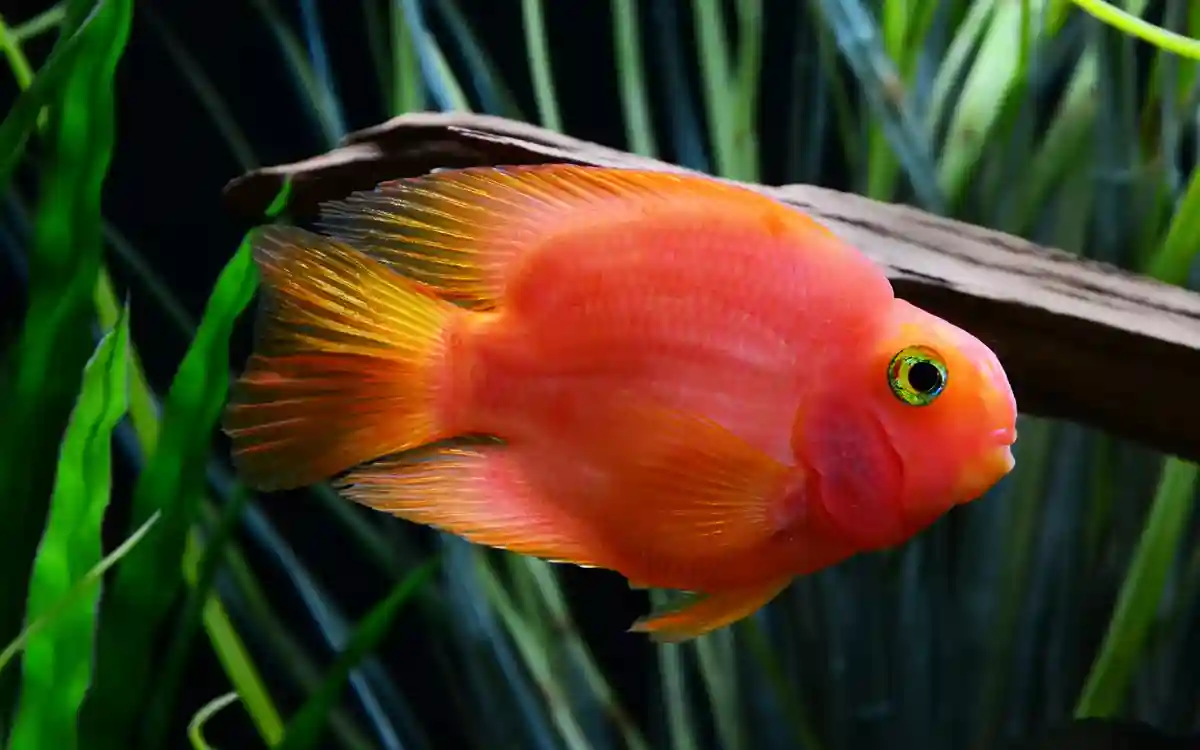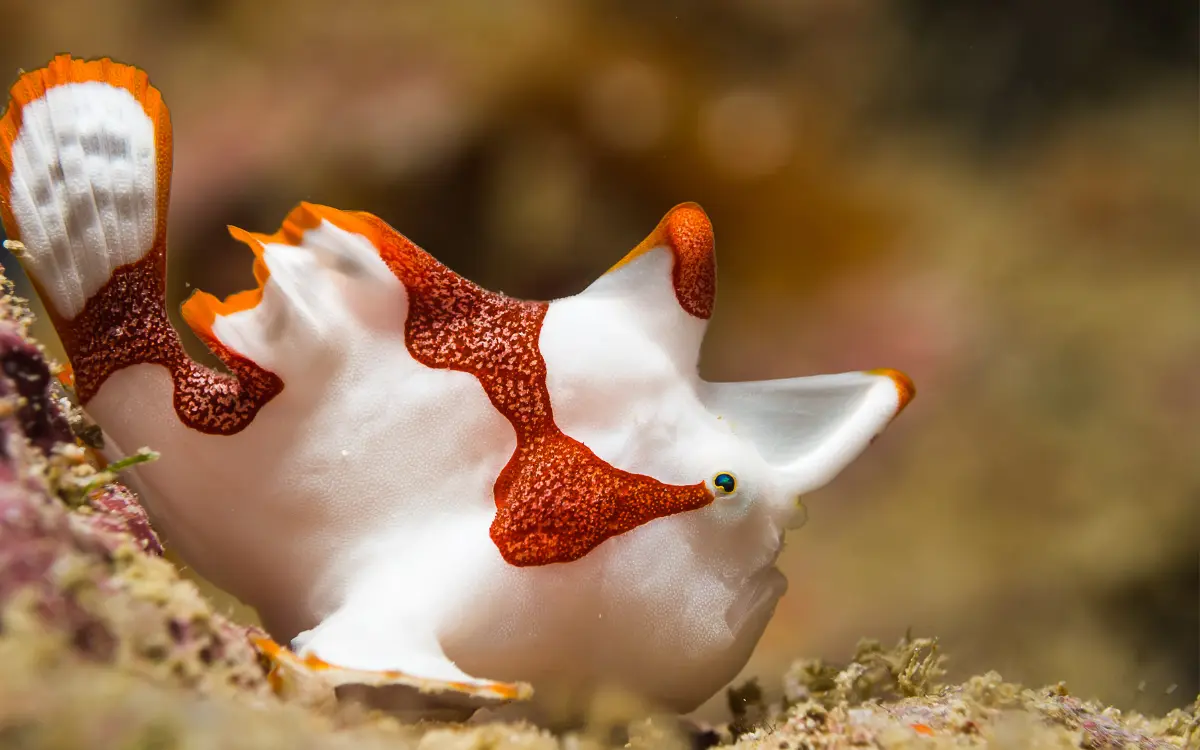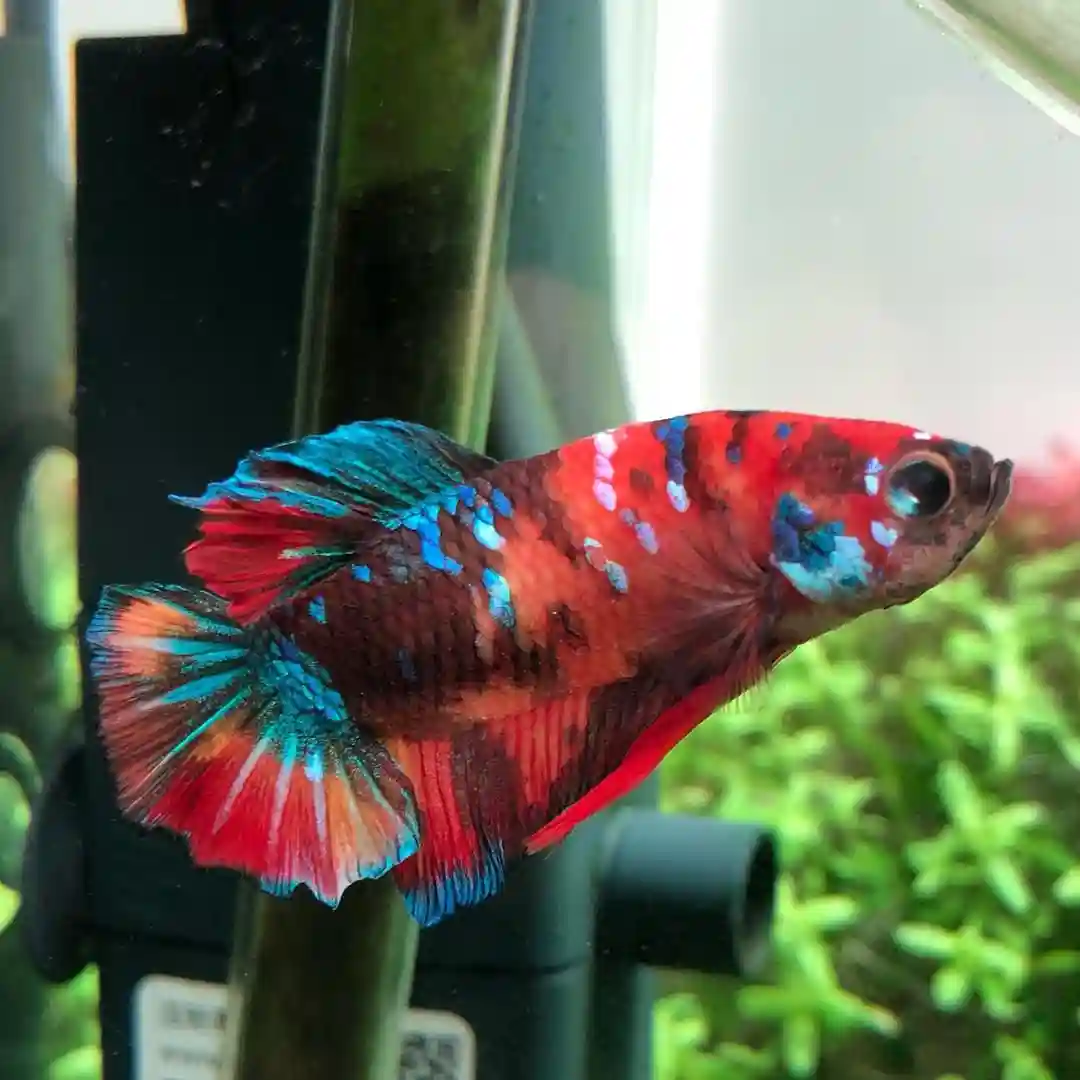Telescope Goldfish Care Guide: Tank Setup, Feeding, Lifespan
Telescope goldfish are one of the most eye-catching fancy goldfish breeds, easily recognized by their large, protruding eyes. While beautiful, their unique appearance also makes them more sensitive to injury and poor water conditions. With the right setup and gentle care, telescope goldfish can live long, healthy lives.
This guide will walk you through their care basics, feeding, tank setup, and a special look at the butterfly telescope variety.
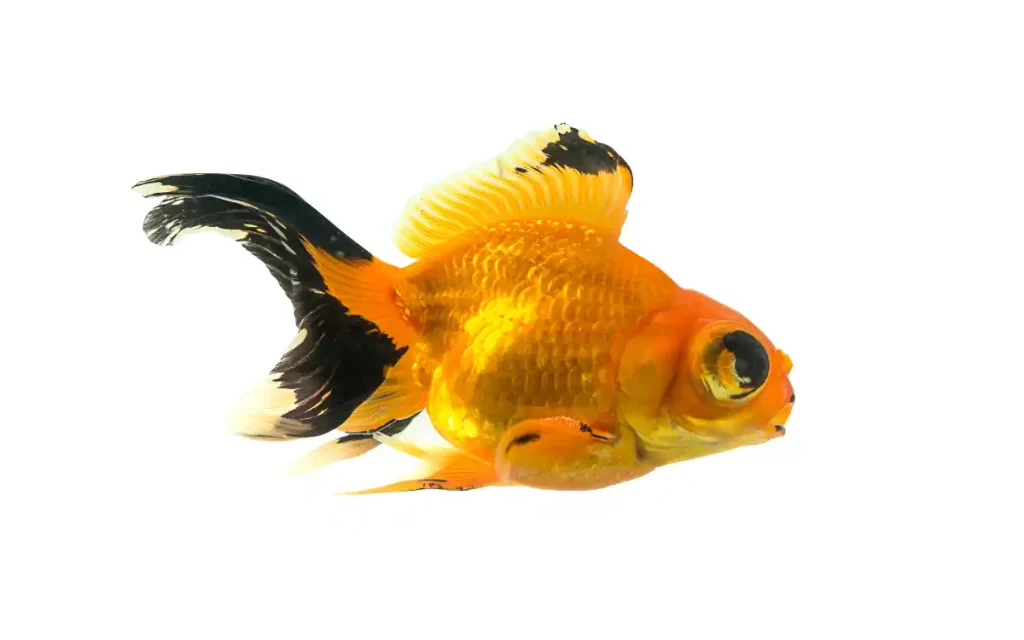
Quick Species Profile
| Feature | Details |
| Scientific Name | Carassius auratus (Telescope) |
| Common Name | Telescope Goldfish |
| Size | 6–8 inches |
| Lifespan | 10–15 years (with proper care) |
| Origin | China (selectively bred) |
| Temperament | Peaceful, slow swimmer |
| Tank Size | 20+ gallons per fish |
| Temperature | 65–75°F |
| pH Range | 6.5–7.5 |
Appearance
Telescope goldfish are known for their large, outward-bulging eyes. They have deep, rounded bodies and long, flowing fins. Color varieties include black, red, orange, white, calico, and even panda (black and white).
Their eye structure makes them more prone to injury and poor vision, so they need calm tank environments and should not be kept with fast or aggressive tank mates.
Lifespan
With good care, telescope goldfish can live 10 to 15 years in aquariums and potentially longer in large, well-maintained ponds. Like all goldfish, their lifespan depends on water quality, diet, and space.
Telescope Goldfish Size
Most telescope goldfish grow to about 6–8 inches, although some can exceed this size in large tanks or outdoor ponds. They require generous swimming space and produce a high waste load, so tank size is important.
Tank Size & Setup
A single telescope goldfish needs at least 20 gallons. Add 10 gallons per additional goldfish. Due to their poor eyesight, avoid cluttering the tank and make sure all decor is smooth and safe.
Use a sponge filter paired with a strong external filter to keep water clean. Choose sand or smooth gravel substrate. Live plants like anubias or hornwort help reduce nitrate levels and provide a natural look.
Avoid strong water flow or aggressive tank mates that may cause stress or injury.
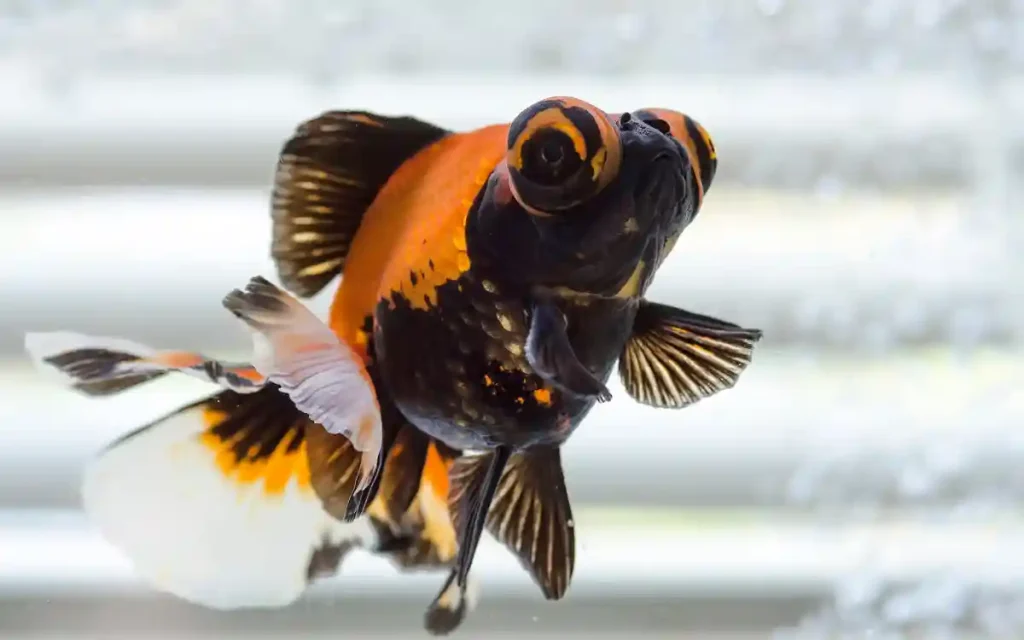
Water Parameters
Telescope goldfish prefer cooler, stable freshwater. Ideal conditions include:
- Temperature: 65–75°F
- pH: 6.5–7.5
- Ammonia and Nitrite: 0 ppm
- Nitrates: below 40 ppm
Test water weekly and change 25–50% weekly to maintain stability.
Diet & Feeding
Feed sinking pellets or gel food designed for fancy goldfish to reduce air intake, which can cause swim bladder issues. Include blanched peas, spinach, or zucchini for fiber. Offer frozen treats like bloodworms or daphnia once or twice per week.
Due to their vision challenges, feed in the same spot consistently and monitor to ensure they get enough food.
Behavior & Tank Mates
Telescope goldfish are peaceful, slow-moving, and social. They thrive in pairs or groups of other fancy goldfish. Avoid mixing them with common goldfish, fast swimmers, or aggressive fish.
Best tank mates:
- Black Moor
- Oranda
- Fantail
- Ranchu
- Lionhead
Avoid sharp decorations, quick feeders, and strong currents that can stress or injure telescopes.
Common Health Concerns
Due to their prominent eyes and rounded bodies, telescopes are prone to:
- Eye injuries from tank decor or nippy tank mates
- Swim bladder disorder
- Wen infections (if part of a variant with head growth)
Prevent problems with proper tank setup, gentle filtration, and high-quality food. Observe behavior daily for signs of illness like clamped fins, unusual swimming, or white spots.
Butterfly Telescope Goldfish (Variety Highlight)
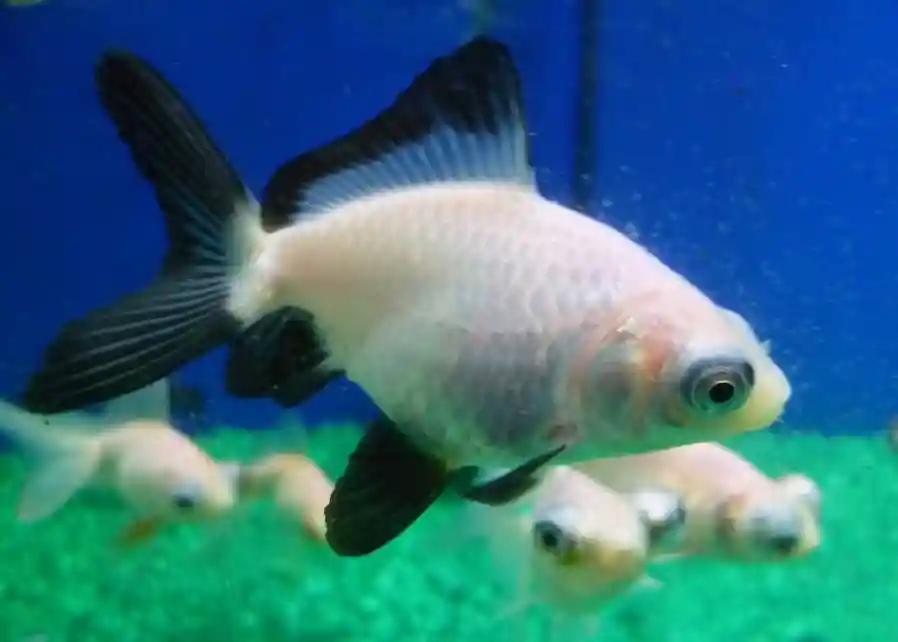
Butterfly telescope goldfish are a striking variety known for their broad, symmetrical tail fins that resemble a butterfly when viewed from above. This makes them especially popular in top-view tanks and ponds.
Care needs are the same as standard telescope goldfish, but their tail shape requires extra room to swim and show off their form. Colors include calico, panda, red-white, and black. Breeders often keep them in shallow tanks to emphasize their tail shape.
While not genetically different from other telescopes, their appeal lies in their flowing form and visual symmetry.
Breeding Telescope Goldfish
Telescope goldfish can be bred like other fancy goldfish. Males develop white breeding stars on their gill covers. Spawning is triggered by seasonal changes or controlled temperature cycling.
Eggs are scattered and often eaten, so use spawning mops or fine-leaf plants, and remove adults post-spawning. Feed fry with baby brine shrimp or specialized fry food.
Final Thoughts
Telescope goldfish are gentle, beautiful, and full of character. Though their eye structure requires extra care, they make a stunning centerpiece for any well-maintained aquarium.
With a calm environment, clean water, and a proper diet, both standard and butterfly telescope goldfish can thrive for many years.
Explore more fancy goldfish care guides and tank tips at OceanBitez.com to complete your dream setup!

